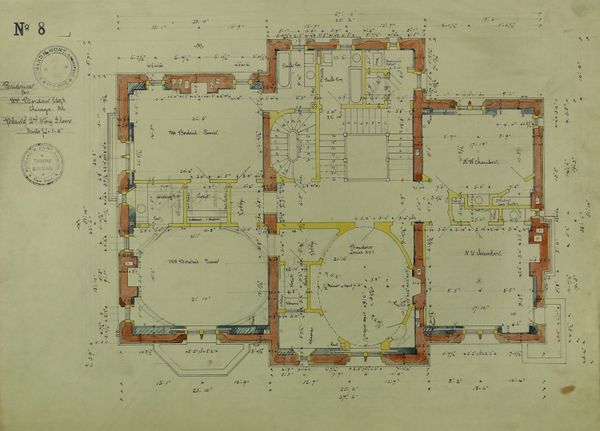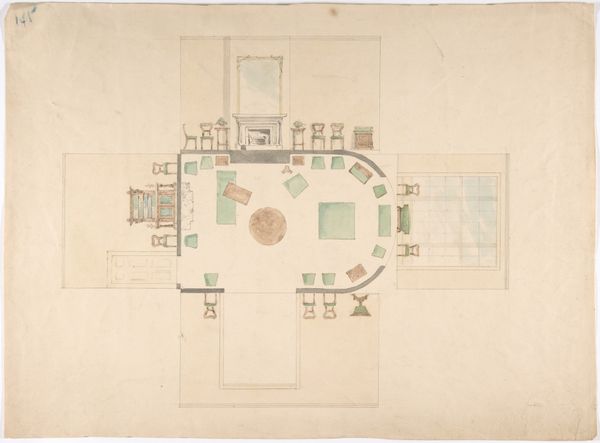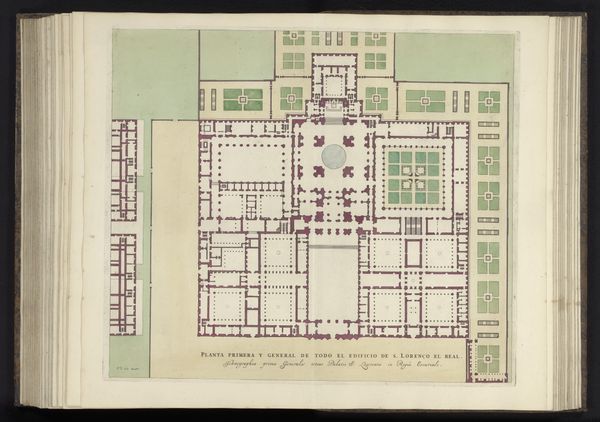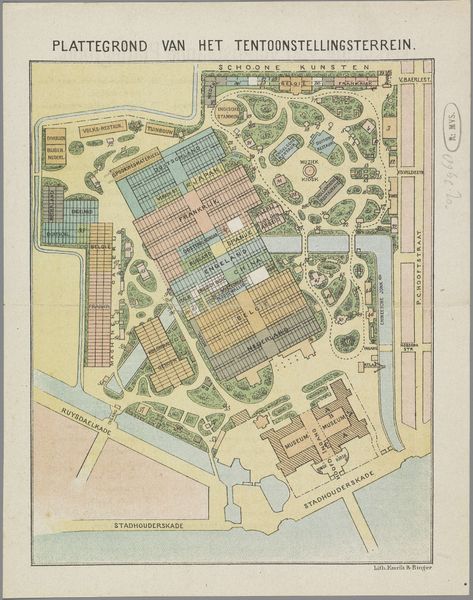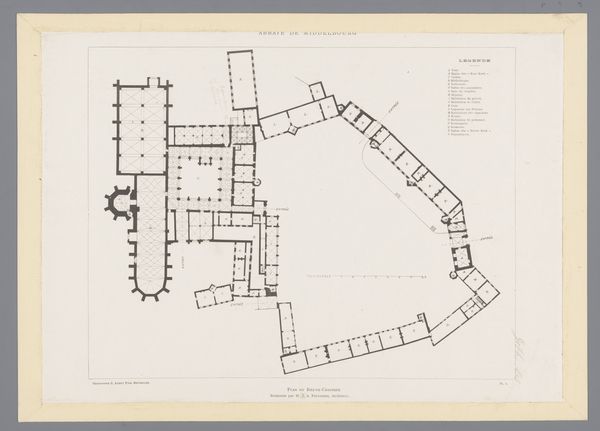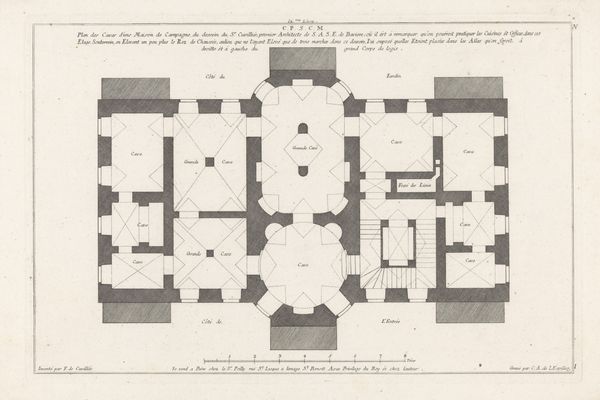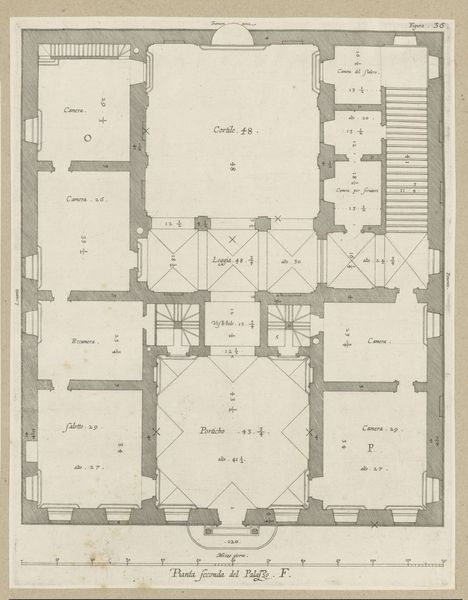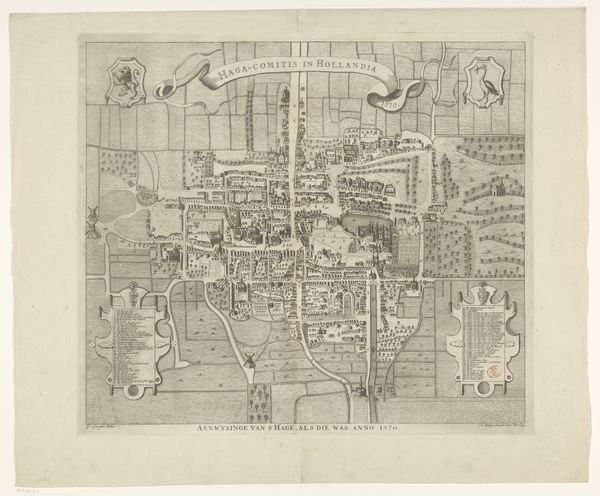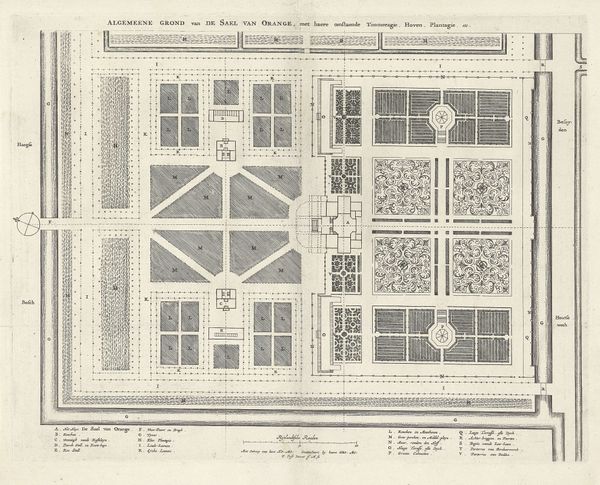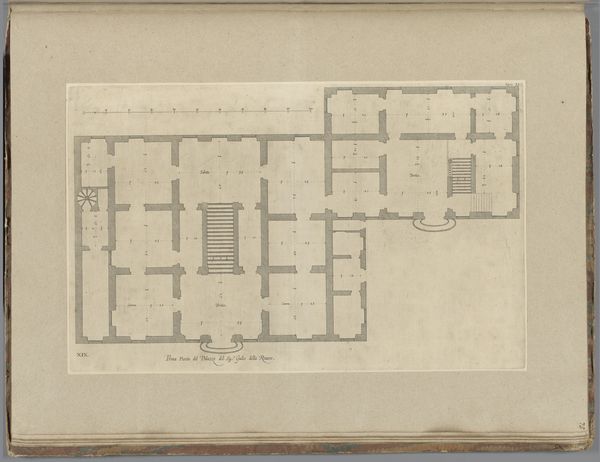
drawing, print, paper, ink
#
drawing
# print
#
paper
#
ink
#
geometric
#
orientalism
#
cityscape
Dimensions: height 214 mm, width 399 mm
Copyright: Rijks Museum: Open Domain
Editor: This is a plan of Artis Zoo in Amsterdam, dating from between 1858 and 1919, made using ink on paper. The geometric shapes depicting the enclosures and buildings create a sense of order. What can you tell us about the symbolism in a seemingly straightforward diagram? Curator: The zoo plan, even in its geometric representation, carries powerful cultural weight. Think of what a zoo, particularly a zoo of this era, signifies. It's not just a collection of animals, it's a curated microcosm of the world. Editor: Curated...like a form of power or control? Curator: Precisely! And maps themselves are never neutral. This map visually embodies the human desire to categorize and contain the natural world. The linear precision of the paths, the compartmentalized animal enclosures… they speak to an impulse to order the chaos of nature. This also hints at a certain orientalism; animals from other countries were a form of cultural domination. Editor: I hadn't considered the cultural aspect so deeply before; the layout almost imposes a narrative. It shapes the visitor's experience and understanding of both nature and the world. Curator: Yes! The very act of mapping transforms the space, encoding it with particular meanings. Also, think about the cultural memory associated with such places. Do zoos today evoke the same feelings or associations? The layout almost becomes like a stage, shaping performances of looking. Editor: That is insightful, thank you! Curator: My pleasure, consider the map and zoo both as cultural memory banks.
Comments
No comments
Be the first to comment and join the conversation on the ultimate creative platform.
